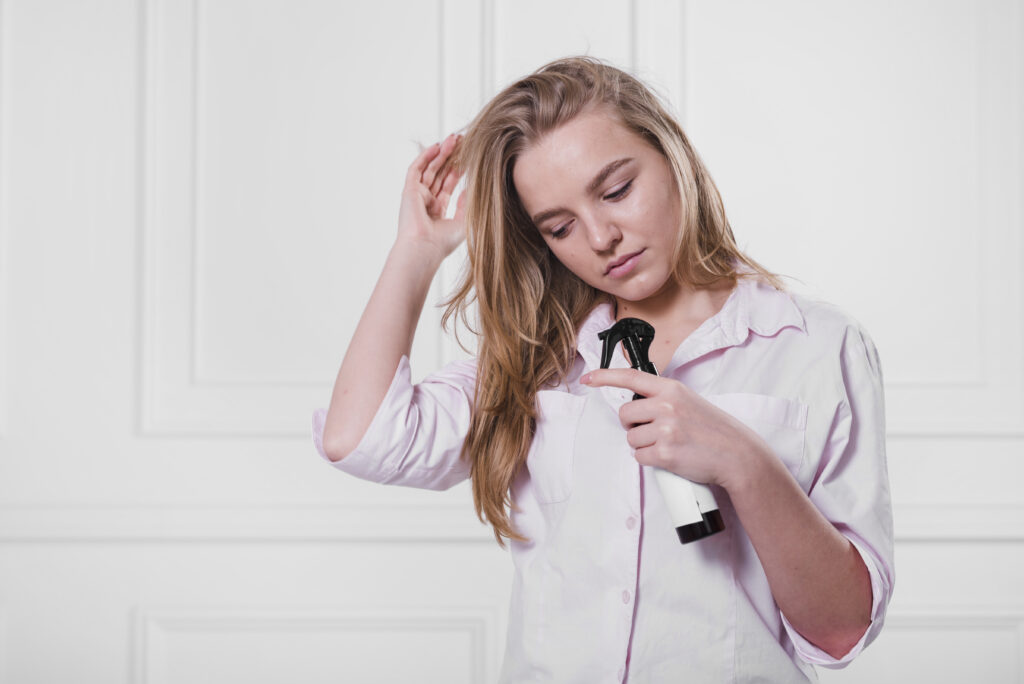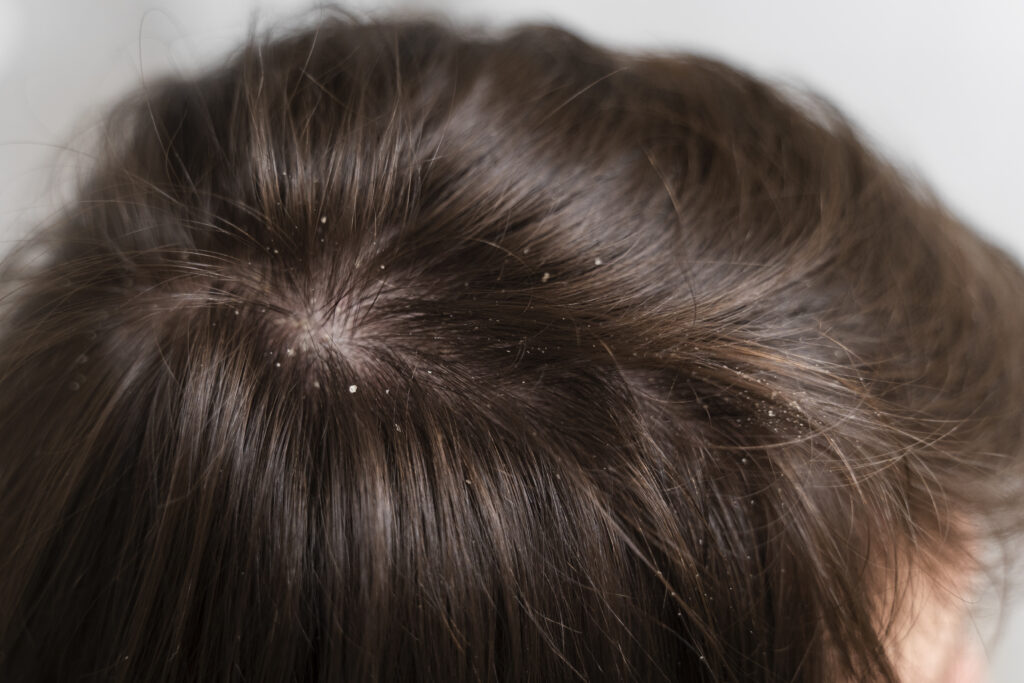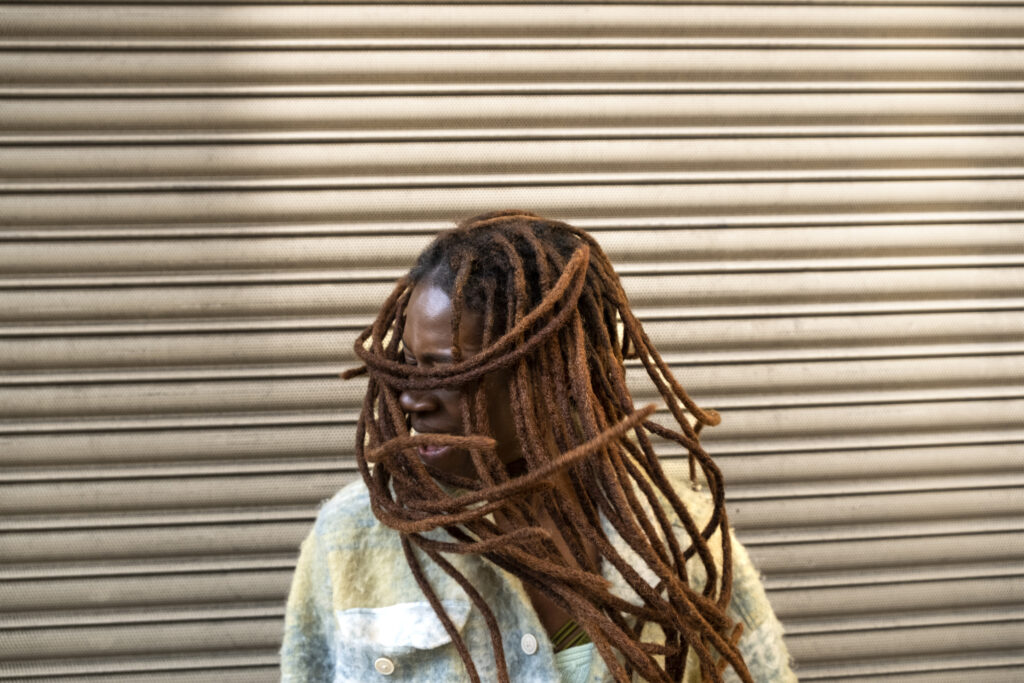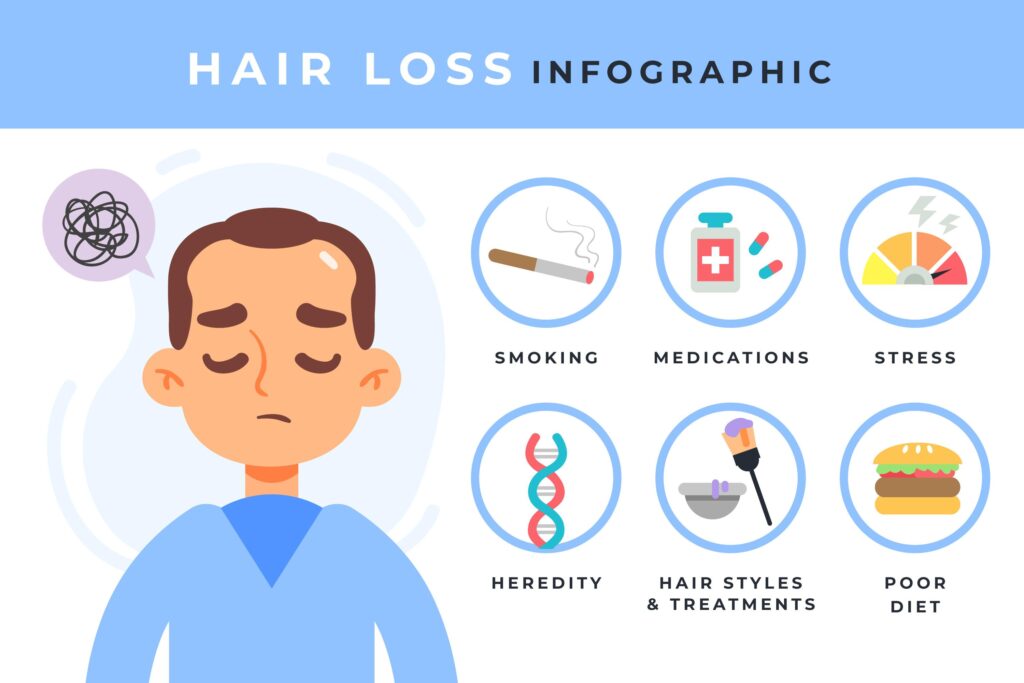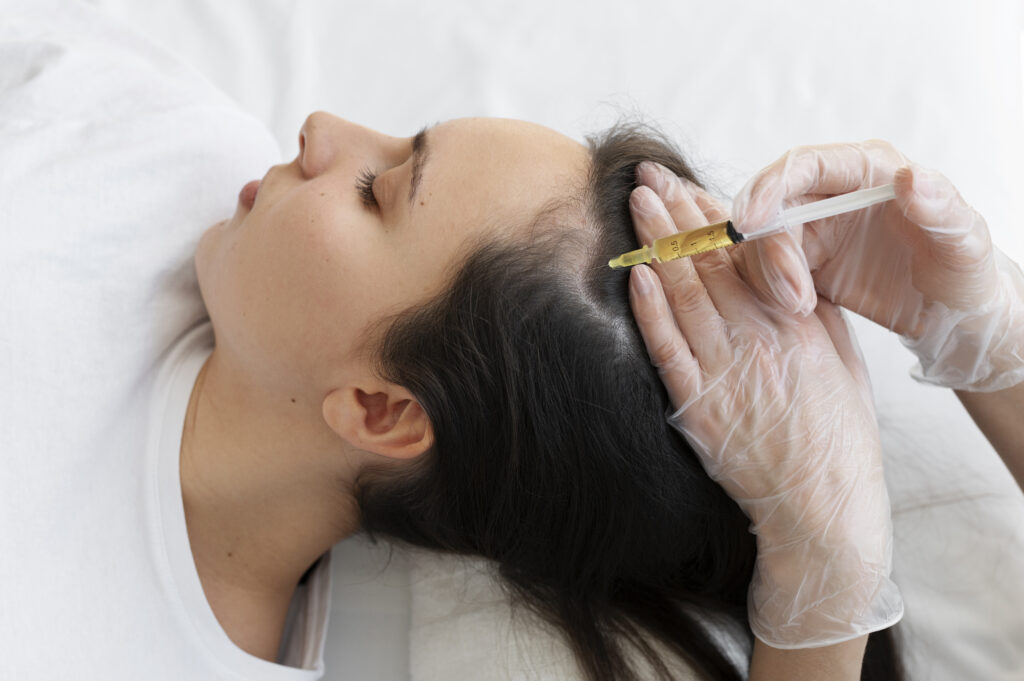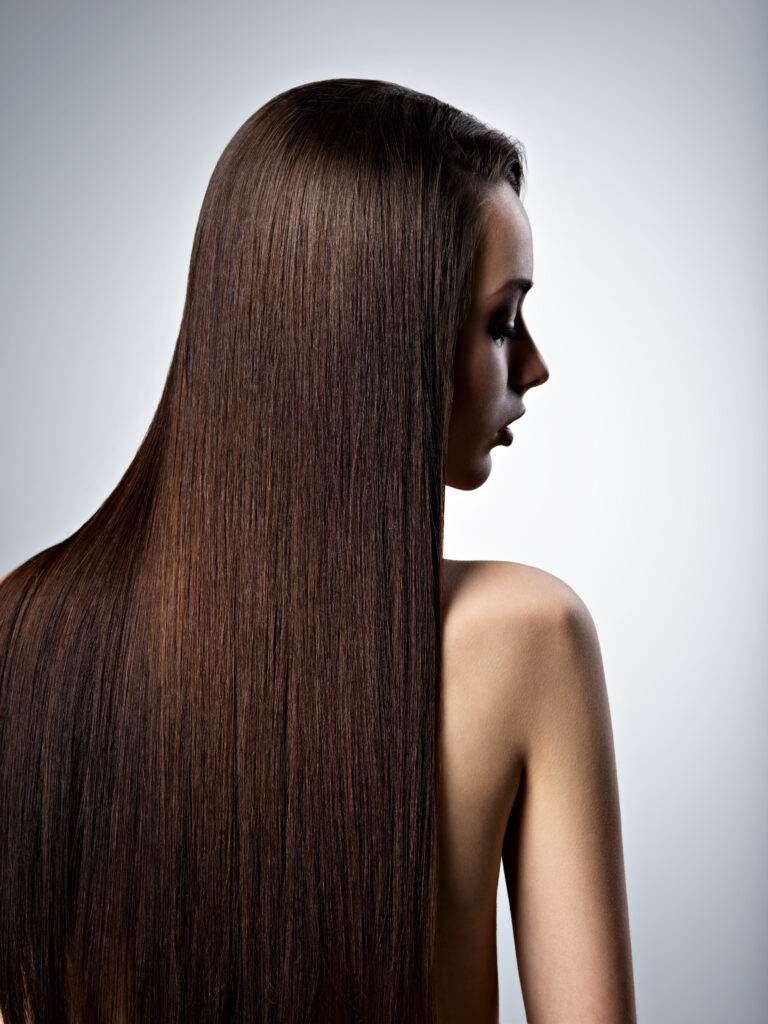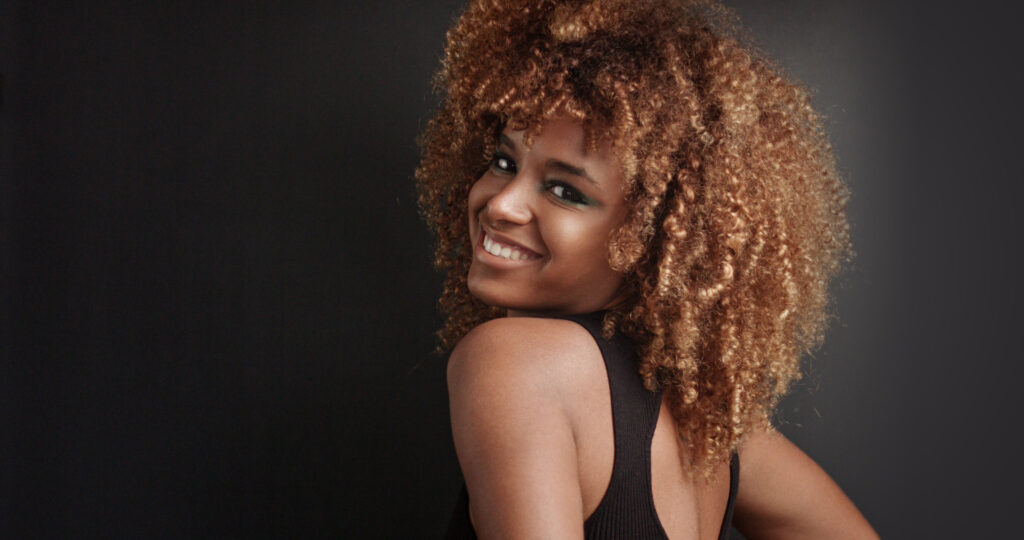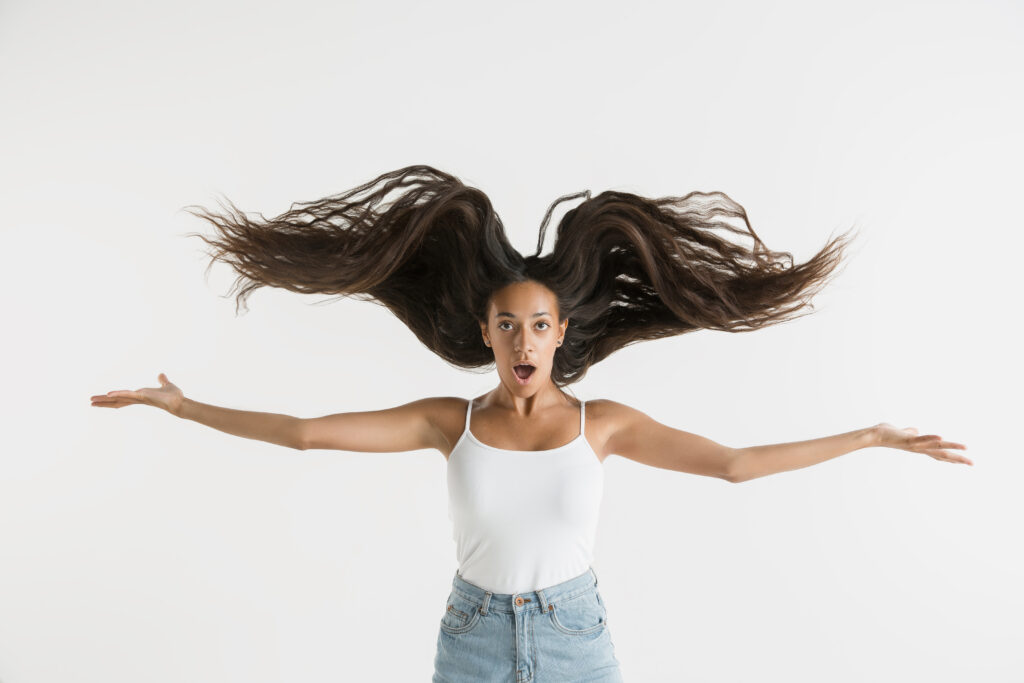
Image by master1305 on Freepik
Hair growth is a complex process influenced by various factors, including genetics. However, there are certain habits and techniques that can help enhance hair growth and improve its overall health. In this article, we will discuss some of the most effective ways to promote hair growth other than genetics.
- Vitamins!: A balanced diet rich in vitamins and minerals, especially vitamins A, C, D, E, and B-complex, as well as iron, zinc, and biotin, can help support hair growth. Foods such as eggs, fish, leafy greens, nuts, and sweet potatoes are great sources of these nutrients.
- Scalp care: A healthy scalp is crucial for healthy hair growth. Regular shampooing, conditioning, and using gentle products can help maintain scalp health and prevent any damage. Additionally, massaging the scalp can stimulate blood flow, which can improve hair growth.
- Avoid heat styling: High-heat tools such as flat irons and curling wands can cause damage to hair, making it more prone to breakage. To avoid this, use heat-protectant sprays and limit heat styling to once a week or less.
- Minimize chemical treatments: Chemicals in hair dyes, relaxers, and other treatments can weaken the hair and make it more prone to breakage. Minimize the use of these treatments and opt for gentler alternatives, such as herbal dyes.
- Stay hydrated: Drinking plenty of water is important for overall health and can help improve hair growth by keeping the scalp hydrated. Aim for at least eight glasses of water per day.
- Get enough sleep: Sleep is crucial for overall health, including hair growth. When we sleep, our bodies have time to repair and regenerate, including hair follicles. Aim for seven to eight hours of sleep per night.
- Manage stress: Stress can cause hormonal imbalances that can lead to hair loss. To manage stress, try techniques such as meditation, yoga, or exercise.
In conclusion, genetics play a significant role in hair growth, but there are various factors that can also impact hair growth. By incorporating these habits into your routine, you can help promote hair growth and maintain its overall health. However, if you are concerned about hair loss, it is always best to speak with a healthcare professional.

